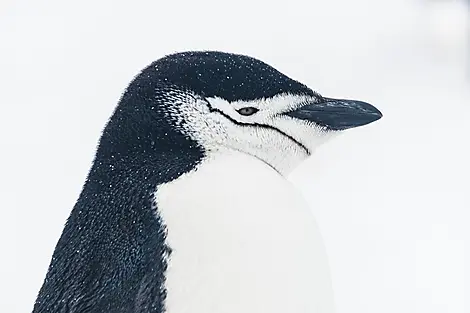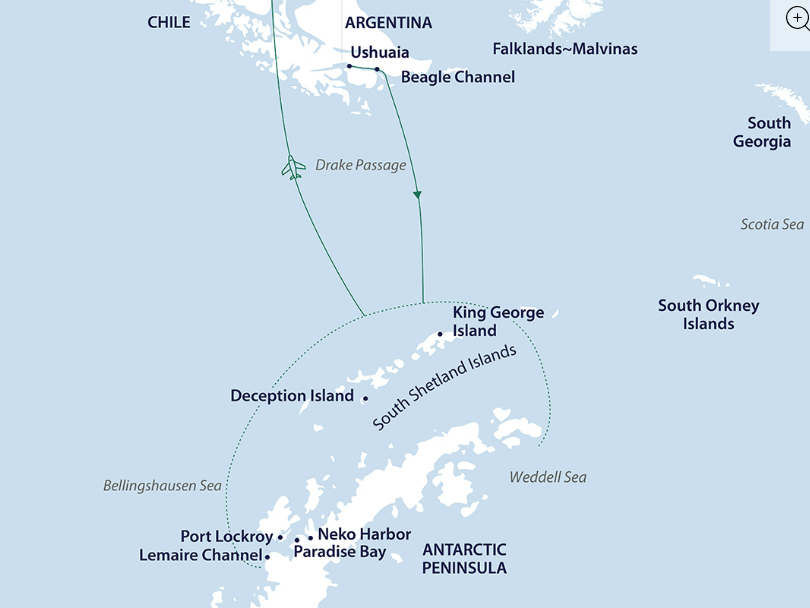Overview
With featured guest Neil Gilbert, Polar Specialist having spent nearly 40 years working on Arctic and Antarctic issues and Cindy Miller Hopkins, American Photo Ambassador.
Embark on an extraordinary adventure to the seldom visited Ross Sea from New Zealand and walk in the footsteps of legendary polar explorers on this exciting expedition.
Sailing from Dunedin in New Zealand on board Le Soléal, start in Campbell Island, part of New Zealand’s Subantarctic Islands, and discover the island’s spectacular endemic flora and fauna, including six species of albatross.
While you enjoy some time at sea and take advantage of talks and lectures on board by your team of expedition guides, be prepared to reach the Ross Sea, the Southernmost sea on Earth.
Alongside your expedition team, you will have the privilege of exploring this fascinating region and learn all about its history and natural environment, all in one of the most pristine, spectacular settings. Observe the largest Adelie penguin rookeries in the world, sail pass gigantic icebergs and thundering glaciers during a zodiac excursion, or spot Weddell Seals as they relax or hunt on icefloes.
You will have the opportunity to visit historic buildings including Sir Ernest Shackleton’s hut at Cape Royds, and reflect on the heroic polar journeys of some of the world’s most intrepid polar explorers.
On your way back to New Zealand, enjoy some time on Australia’s Macquarie Island, and its impressive colony of king penguins, as well as the Snares islands and their unique wildlife sanctuaries, before disembarking in Dunedin. A truly memorable adventure not many have the chance to experience!
Itinerary
Please fill out the form below to request a quote for rates.
Trip Highlights
- With featured guest Neil Gilbert, Polar Specialist having spent nearly 40 years working on Arctic and Antarctic issues and Cindy Miller Hopkins, American Photo Ambassador.
- Outings and shore visits in zodiac inflatables with a team of experienced naturalist guides.
- UNESCO World Heritage Sites: Macquarie Island* and New Zealand’s Subantarctic Islands (Campbell and the Snares islands).
- Visit the most pristine piece of ocean on Earth.
- Follow in the footsteps of the heroic age of Antarctic exploration and explore the historic huts of Scott, Shackleton and Borchgrevink.
- The Snares islands alone boast more nesting seabirds than the entire realm of the British Isles.
- Fauna: fur, Southern Elephant, Weddell and crabeater seals; New Zealand Sea Lions; breeding seabirds; African, Adélie, Royal, Gentoo penguins, chinstrap, Southern rockhopper and macaroni penguins.
- Gain an insight into the history and the diversity of flora and fauna from your expert expedition team.
- *This port of call is subject to permission being granted by the Australian authorities.
Cost Excludes
Map





















